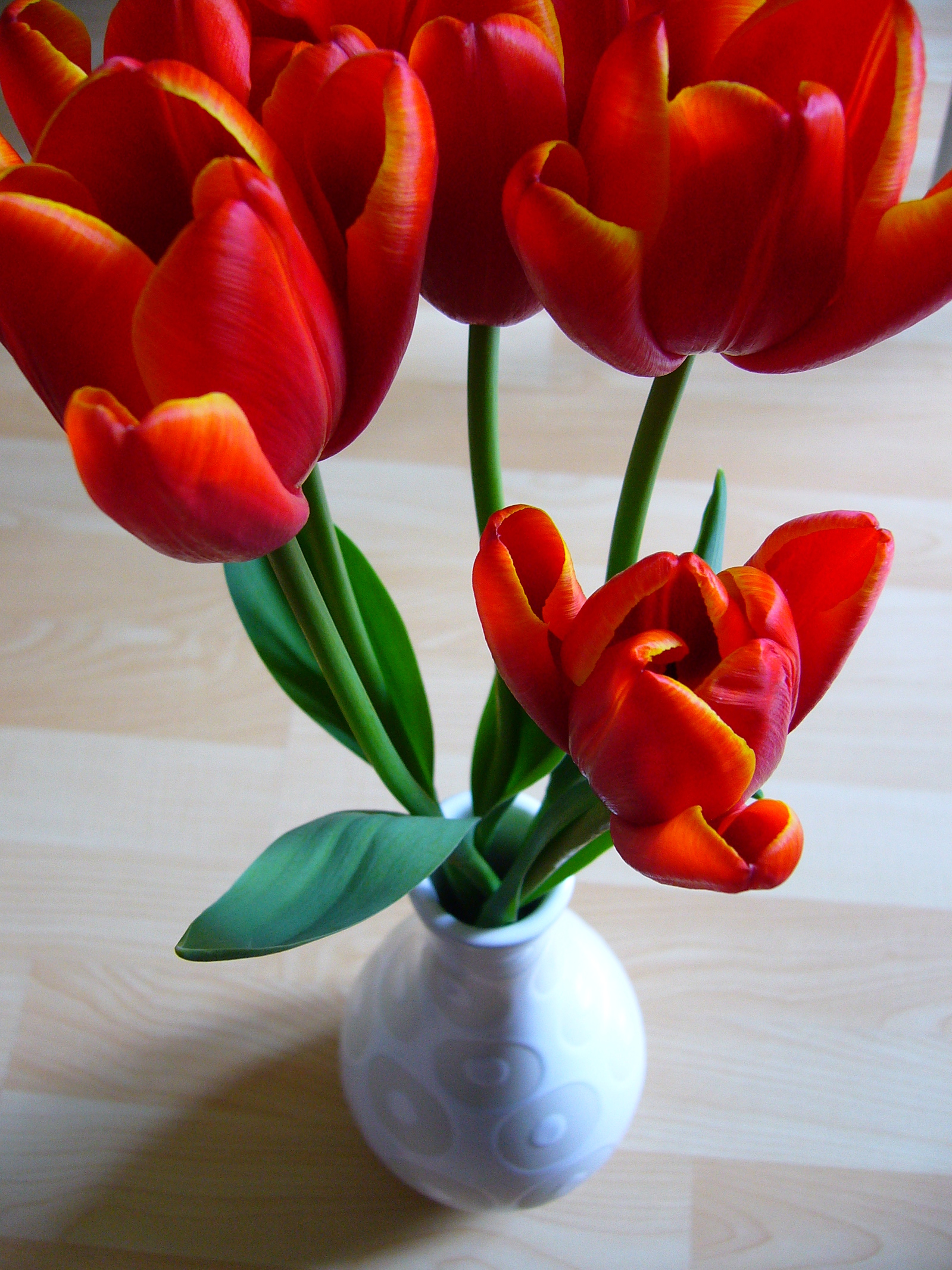
Make the most of bulbs this spring
You may already know that some plants have tap or adventitious root systems while others are grown from bulbs. Of course, not everyone knows how to tell what kind of root system a plant has unless they remove the plant from its anchoring soil. Here are some interesting facts about bulbs that will help you identify them and care for them.
- For the most part, bulbs tend to bloom in the spring. This means that they should be planted late in autumn before the ground freezes. The bulbs will remain dormant in the soil and, when the weather warms up, they will grow and bloom before you know it!
- Bulbs need an icy nap in order to bloom. If they are planted in spring, they will not grow and bloom. If you live in an area where winters are particularly mild, bulbs may not grow.
- Of all the bulb flowers out there, tulips are by far the most popular. They were discovere in the mountains and valleys of West Asia. The wide ranging temperatures in these parts were ideal for these blooms.
- Tulips became so popular that their value was greater than that of gold in the 1600s. In history, this particular event is known as Tulip Mania.
- Some say that onions can be substituted with tulip bulbs. However, most people prefer to stick to what they know rather than experimenting.
- When shopping for flower bulbs, make sure that you take the time to inspect them. Look for large, hard bulbs because they are the healthiest of all.
- If you find a bulb with two points or heads, they sometimes sprout two flowers.
- Apart from tulips, other bulbs include lilies, daffodils, and hyacinths.
If you are not able to grow your own beautiful bulbs, not to worry, your florist should have several types of flowers cut from bulbs – especially during the spring season! Ordering seasonal flowers from your florist is not only best for your budget, but it also ensures that you get flowers that are naturally in bloom. These flowers tend to last longer and they are the most beautiful of all.
